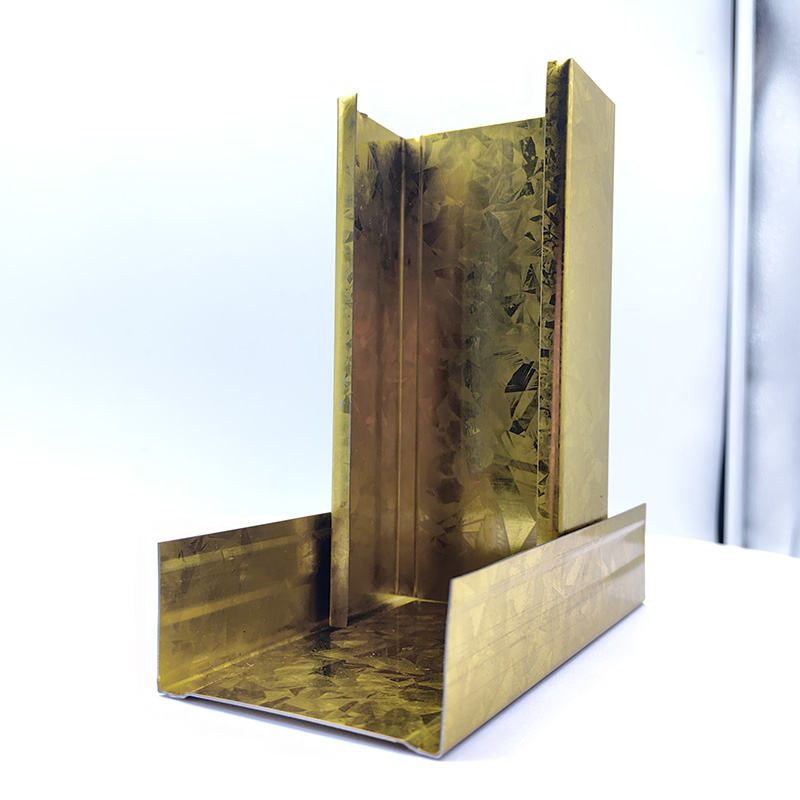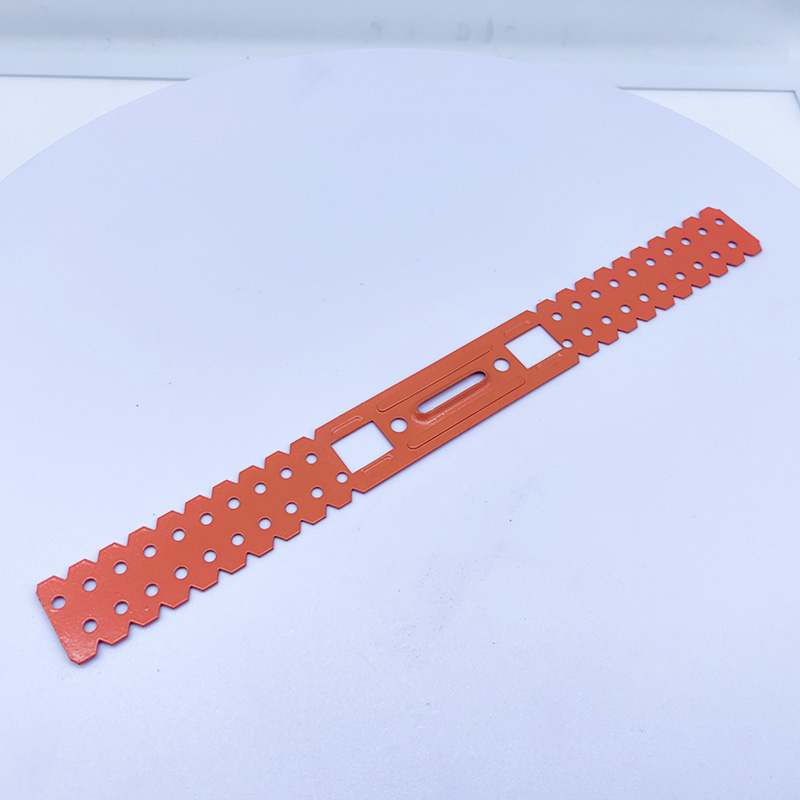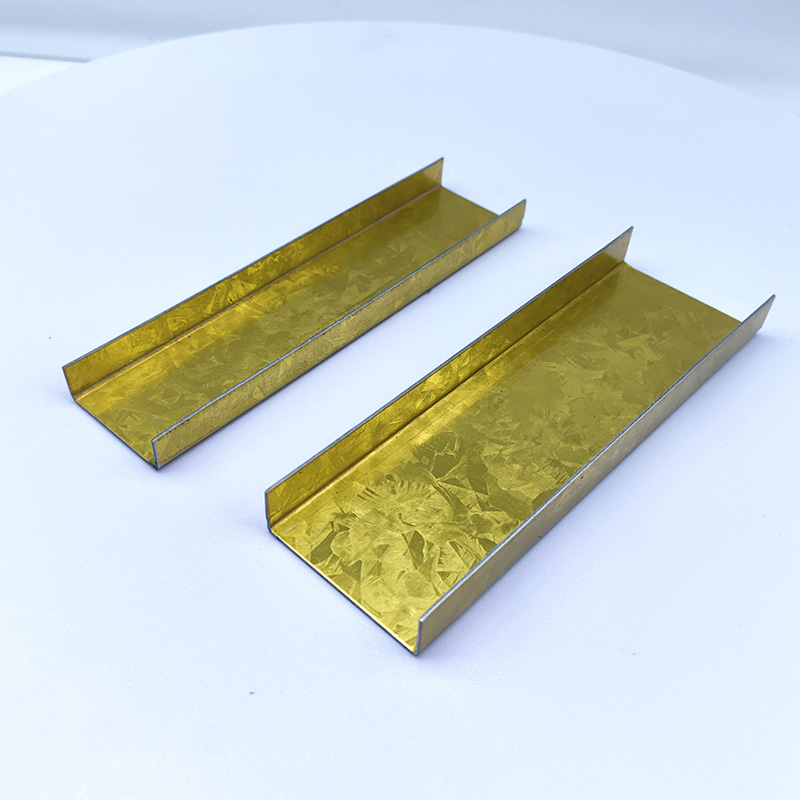Ceiling Grid Installation Guide: A Step-by-Step Explanation
2025-01-01 18:13:22
1. Introduction
Ceiling grids are an essential component in modern interior decoration, especially in commercial and residential buildings. They not only enhance the aesthetic appeal of a space but also provide excellent structural stability. While the installation of a ceiling grid may seem complex, mastering the correct steps and techniques makes the task much easier, significantly improving overall construction efficiency.
This article will walk you through the entire ceiling grid installation process, from preparation to final installation, ensuring both quality and efficiency for a perfect finishing touch.
2. Preparation Before Installation
1. Material and Tool Procurement
First, ensure that all necessary materials and tools are ready. Common ceiling grid materials include main runners, cross tees, hangers, and clips. The main runners are the backbone of the ceiling grid, while the cross tees connect the main runners. Hangers support the grid, and clips are used to attach the runners to the hangers.
For tools, you will need an electric drill, screwdriver, wrench, tape measure, level, etc., to ensure precision and efficiency during installation. Choosing high-quality, compatible tools is key to avoiding issues during construction.
2. Measuring and Planning
Accurate measurement is the foundation for a successful ceiling grid installation. First, measure the room's length, width, and height, as well as the location of beams and columns to ensure a reasonable design layout. Based on these measurements, plan the spacing and alignment of the main runners and cross tees, ensuring that the grid is not only aesthetically pleasing but also functional.
3. Material Inspection and Site Cleaning
Once the materials arrive, inspect them thoroughly for any deformation, damage, or rust. The construction site should be cleared of any debris or obstacles, providing a clean, safe environment for installation and preventing any interference with the work.
3. Installation of Main Runners
1. Marking Hanger Locations
Using the measurements and plan, use a level and tape measure to mark the positions for the hangers. Ensure the hanger positions are evenly spaced and vertically aligned to evenly distribute the weight of the entire grid.
2. Installing Hangers
To install the hangers, drill holes using an electric drill, insert expansion bolts or other fasteners into the ceiling, and then attach the hangers. Pay special attention to the vertical alignment and stability of the hangers to ensure they can securely support the main runners.
3. Installing and Securing Main Runners
Install each main runner onto the hangers and secure them using clips or other connecting methods. Ensure the main runners are level, adjusting them with a level to ensure the spacing meets the design requirements.
4. Installation of Cross Tees
1. Cutting and Adapting Cross Tees
Cut the cross tees according to the spacing of the main runners and room dimensions. Use the appropriate tools to ensure the length and angles of each cross tee are precise so they can connect tightly with the main runners.
2. Installation Order and Connection Method
Install the cross tees from one side to the other, clipping or hanging them onto the main runners. Use the appropriate fasteners or self-tapping screws to secure them, ensuring that the cross tees are level and stable.
5. Overall Adjustment and Finalizing the Ceiling Grid
1. Checking and Correcting Levelness
After installation, use a level and ruler to check the flatness of the ceiling grid. Mark any uneven areas and adjust the hangers’ height or the connections of the runners as needed to ensure the grid surface is level.
2. Stability Check
Check the stability of the ceiling grid by lightly shaking the runners to check for any loose areas. Any loose parts should be reinforced immediately to ensure the grid won’t deform or detach due to vibrations or other external forces.
6. Safety Precautions During Installation
1. Safety Measures for Working at Heights
During the ceiling grid installation, especially when working at heights, workers must wear protective helmets, safety belts, and other safety equipment. Warning signs should be placed at the site to ensure safety.
2. Electrical Safety
When using electric tools like drills, make sure to follow electrical safety precautions to prevent electric shocks. Inspect the power cords of the tools to ensure they are intact, and avoid using electrical tools in damp environments to prevent electrical accidents.
3. Correct Use of Tools and Materials
Ensure that tools and materials are used correctly to avoid damage to tools or waste of materials due to improper handling. Additionally, ensure that materials are used according to regulations to prevent quality issues or safety hazards during installation.
7. Common Problems and Solutions
1. Uneven Installation of Runners
Uneven installation may result from inconsistent hanger lengths or bent runners. To resolve this, adjust the height of the hangers or replace the bent runners.
2. Loose Connections
Loose connections may be caused by improperly installed fasteners or inaccurate runner dimensions. To fix this, increase the number of fasteners or use a more suitable fixing method to enhance stability.
3. Delays in Progress
Delays in progress may occur due to material shortages or workers’ lack of skill. Prepare materials in advance and improve workers' training to enhance efficiency.
8. Conclusion
Ceiling grid installation is a crucial part of interior decoration. Mastering the correct installation steps and techniques can significantly improve construction efficiency and ensure high-quality results. From preparation to actual installation and quality checks, every step requires careful attention. By following this guide, you can successfully install ceiling grids and enhance the beauty and comfort of your interior space.

A Double Anti-Rust Gold Partition Wall Stud is a type of steel stud commonly used in the co...

A CD UD Profile Furring Clip U Clamp is a type of metal fastening component used in the ins...

A 60mm Ceiling Grid refers to a type of suspended ceiling system, commonly used in commerci...

38mm Main Tee and 50mm Main Tee refer to the widths of the main tee profiles used in suspen...

